It is a very material composition, with nervous touches, whose bright colors, red, green, white and ocher, mingle with black contour lines, to embody the celebration, the brilliance, the fury and the dramaturgy of bullfighting.
More like a Susanne Valladon, Leprin's painting, born from a crude drawing without mannerism, tries to get as close as possible to beings, faces, the sky, trees, walls, finally to reality. It is imbued with melancholy, but resonates deeply with the pulse of life.
If he becomes one of the great figures of the Butte Montmartre, Marcel Leprin is originally from the south of France. Born in Cannes in 1891, he lived through a difficult youth. Very quickly we will notice his qualities for drawing. In Marseille, on his own and after several trades, he turned to a career in bullfighting when he had to engage in the great war. On his return he went to Paris and immediately adopted the landscapes of Montmartre and their human reality. Poverty, more visible and evident than in Marseille, is closer to his heart.
He painted according to the circumstances of his life and we can distinguish three periods whose different styles express his mental and material situation. The Marseille period, consisting in particular of large decorative murals in cafes and brothels, scenes of markets or bullfights.
The Montmartre period, rather gloomy and the period of trips to the provinces, more welcoming.
Despite the success of the two exhibitions at the Druet gallery that he did in Paris in 1928 and 1931, Marcel Leprin remained a lonely and depressed painter, he sank into drink and drugs and died prematurely in 1933 at the age of 42.
Leprin's canvas are mainly visible at the National Museum of Modern Art, the Modern Art Museum of the city of Paris, the Carnavalet Museum and the Montmartre Museum.
It's an oil on canvas in perfect condition, signed "Leprin" lower left.
Size: 12,8 x 18,1 Inches without frame and 20,4 x 25,6 Inches with its solid wood frame.


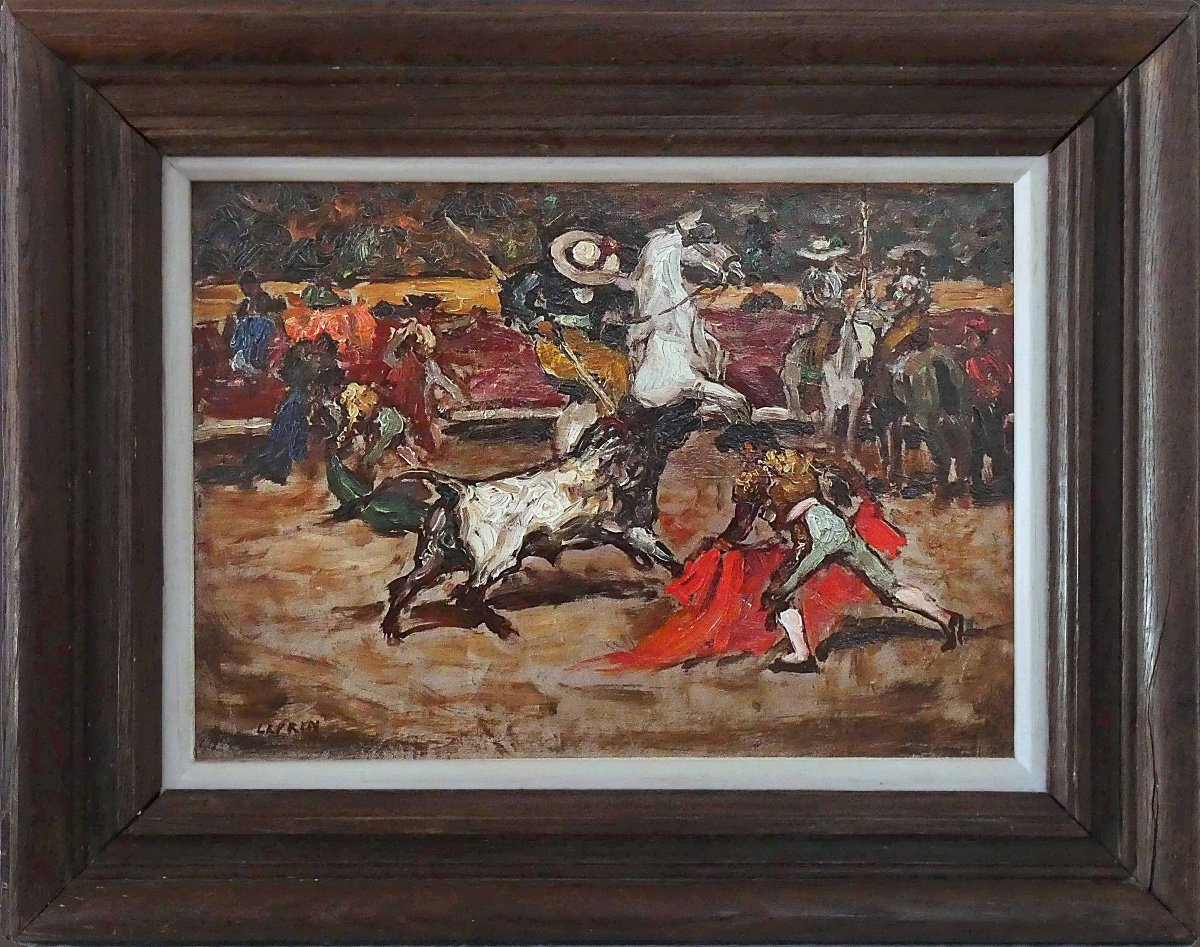
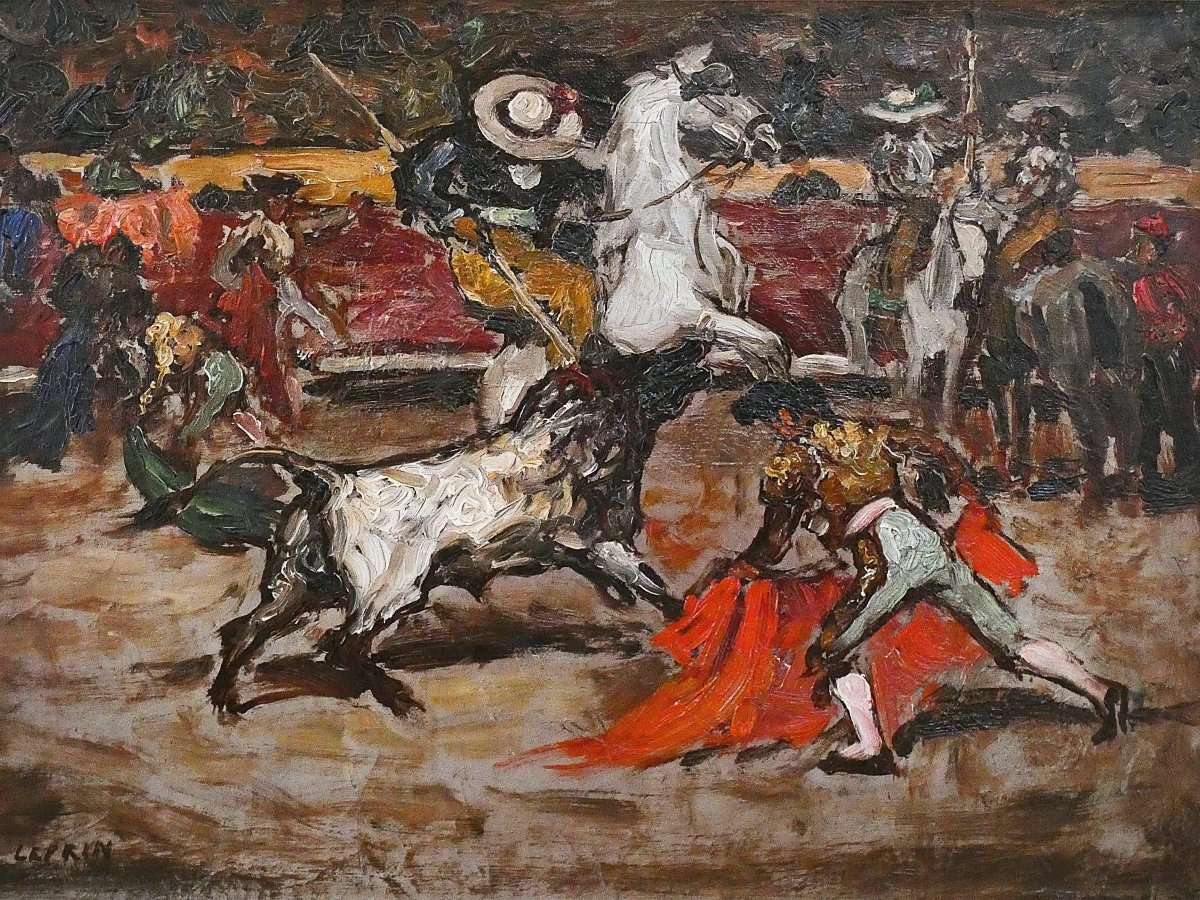
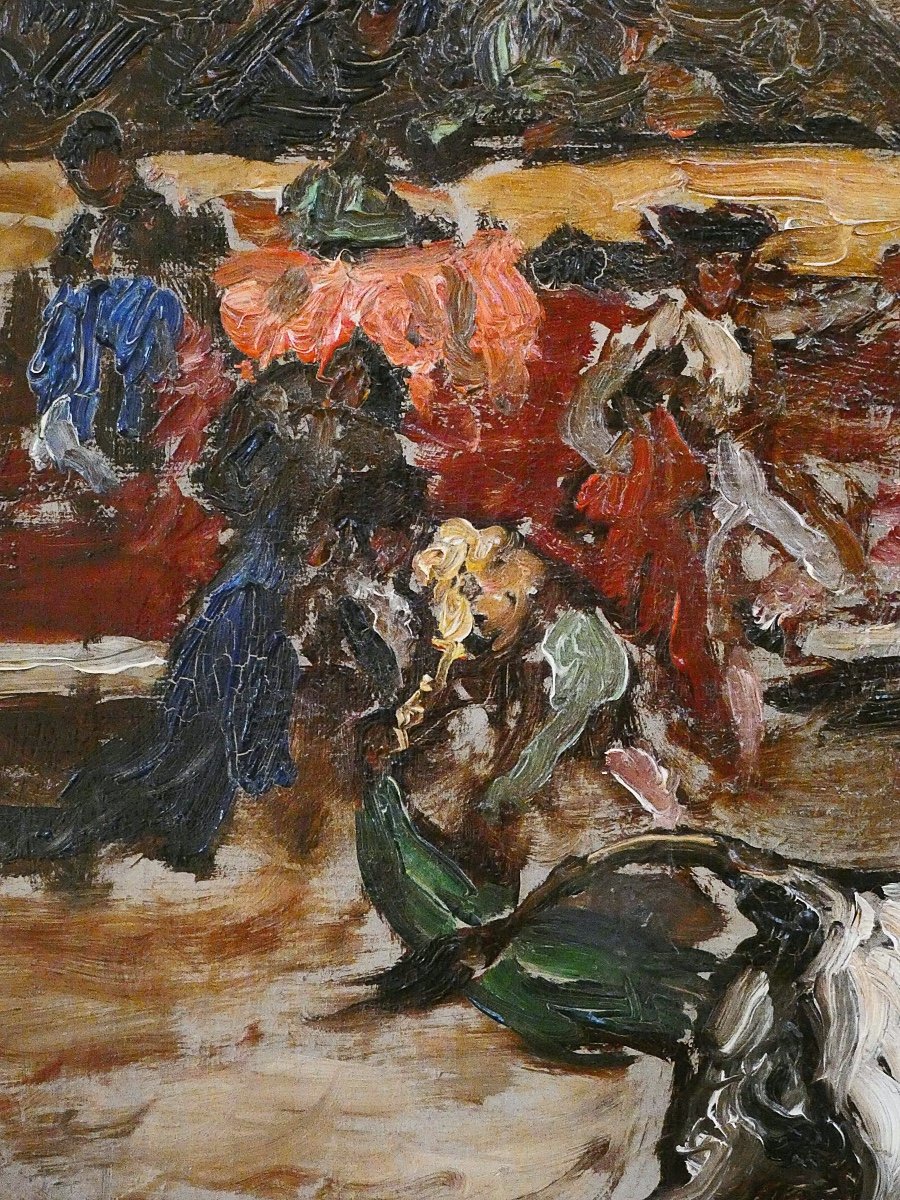




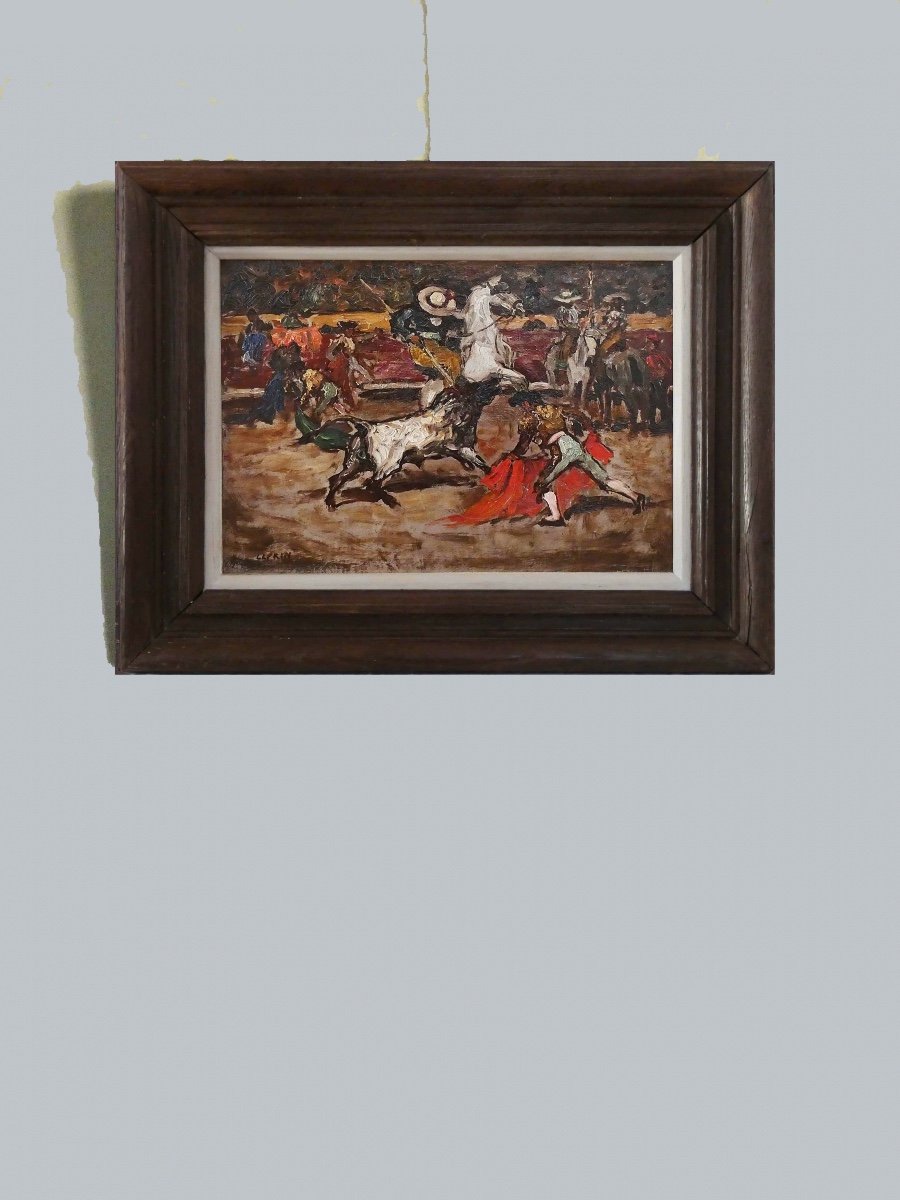



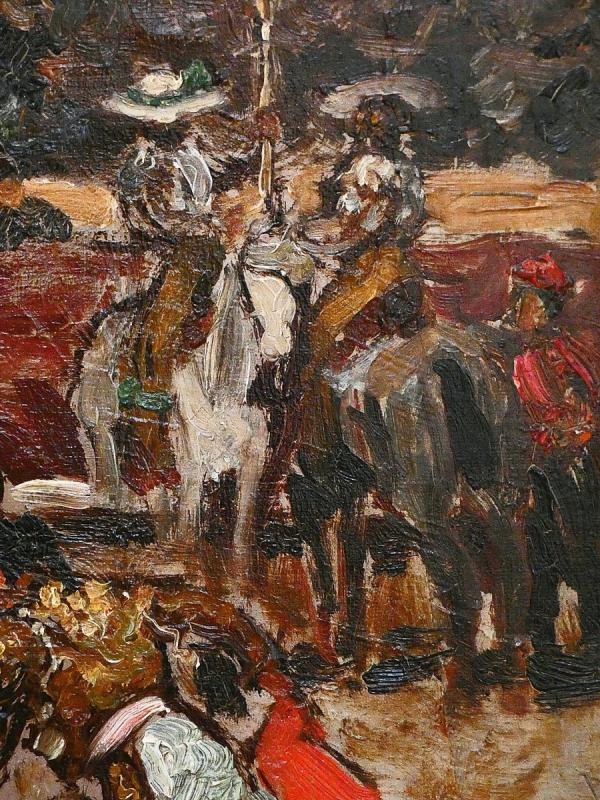
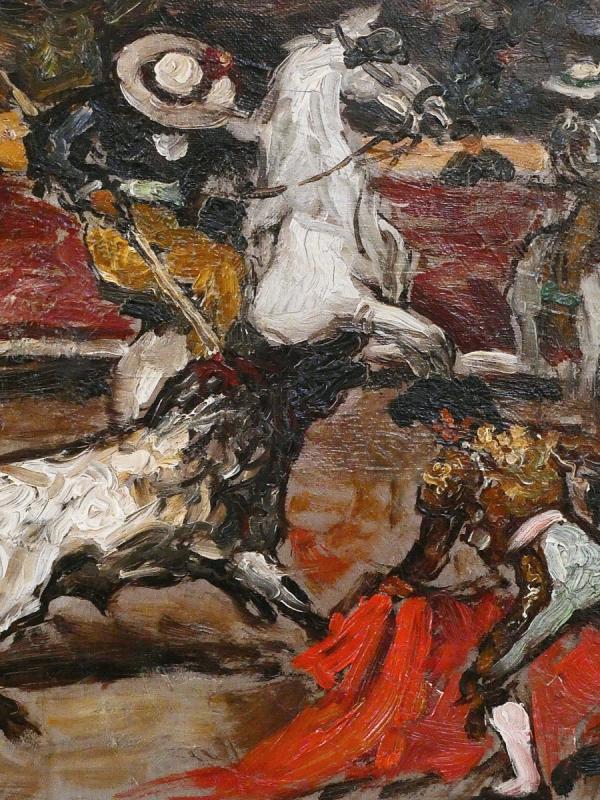
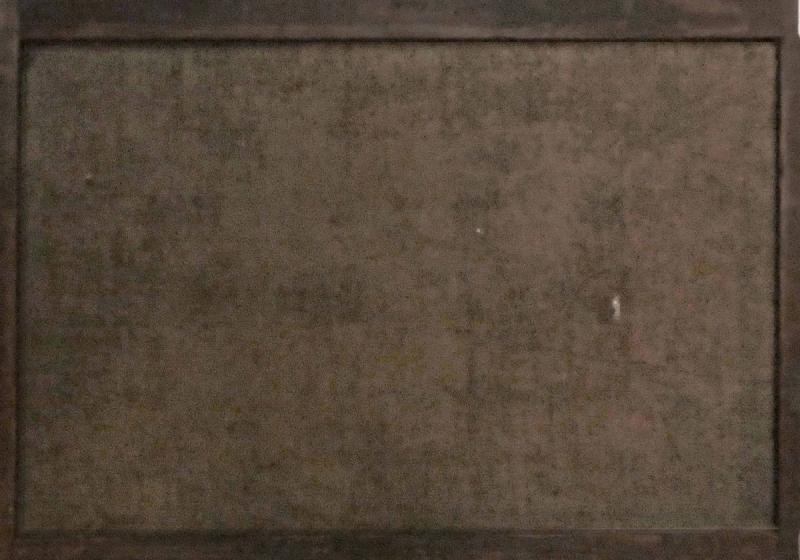




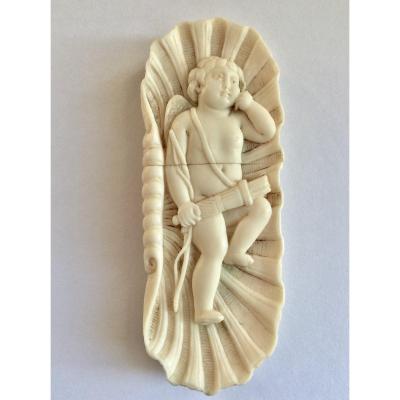
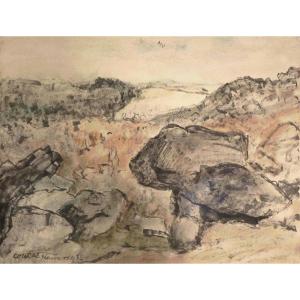


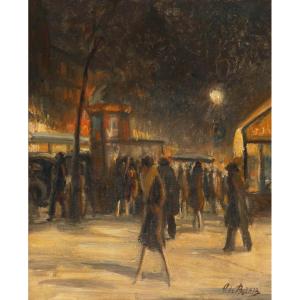





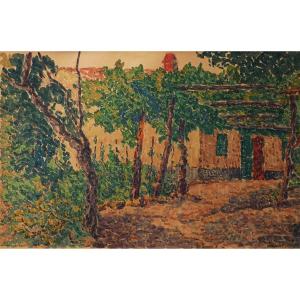



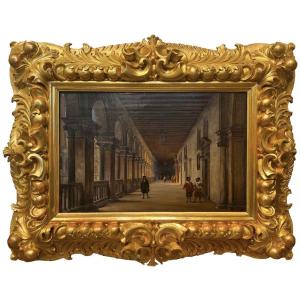

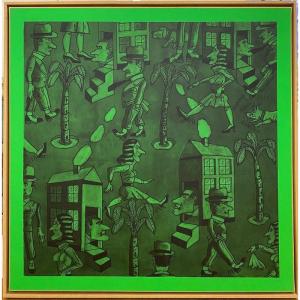
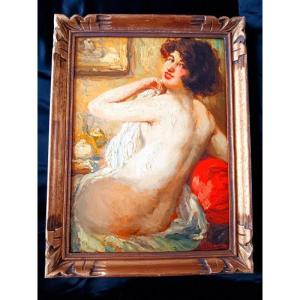



 Le Magazine de PROANTIC
Le Magazine de PROANTIC TRÉSORS Magazine
TRÉSORS Magazine Rivista Artiquariato
Rivista Artiquariato